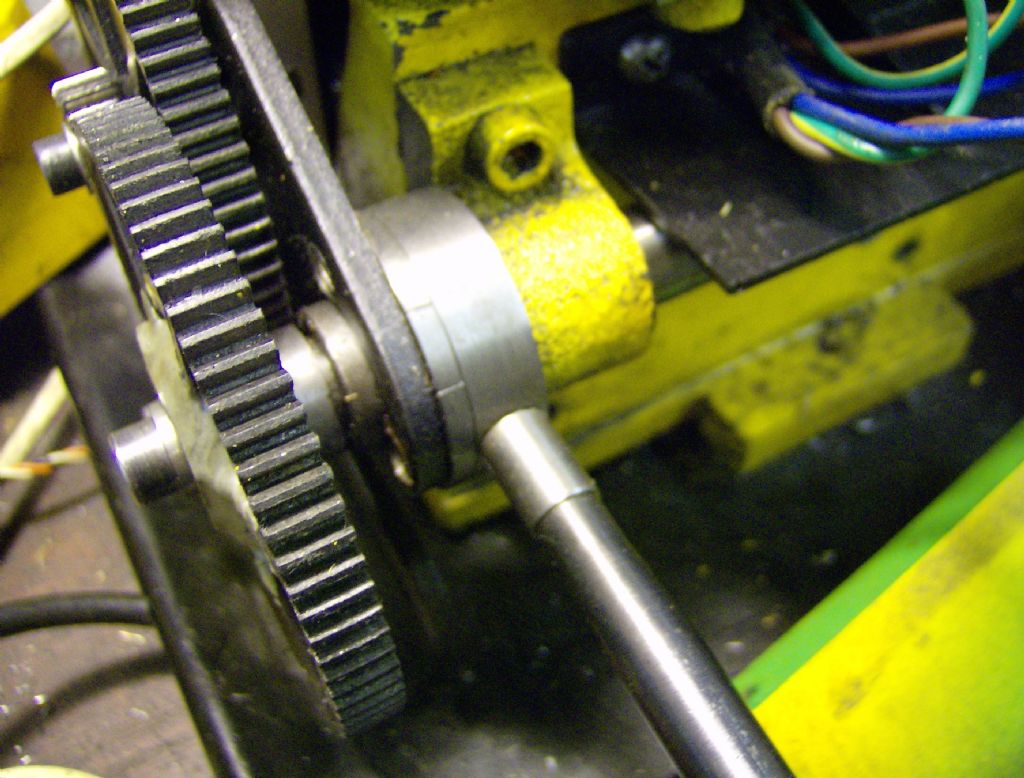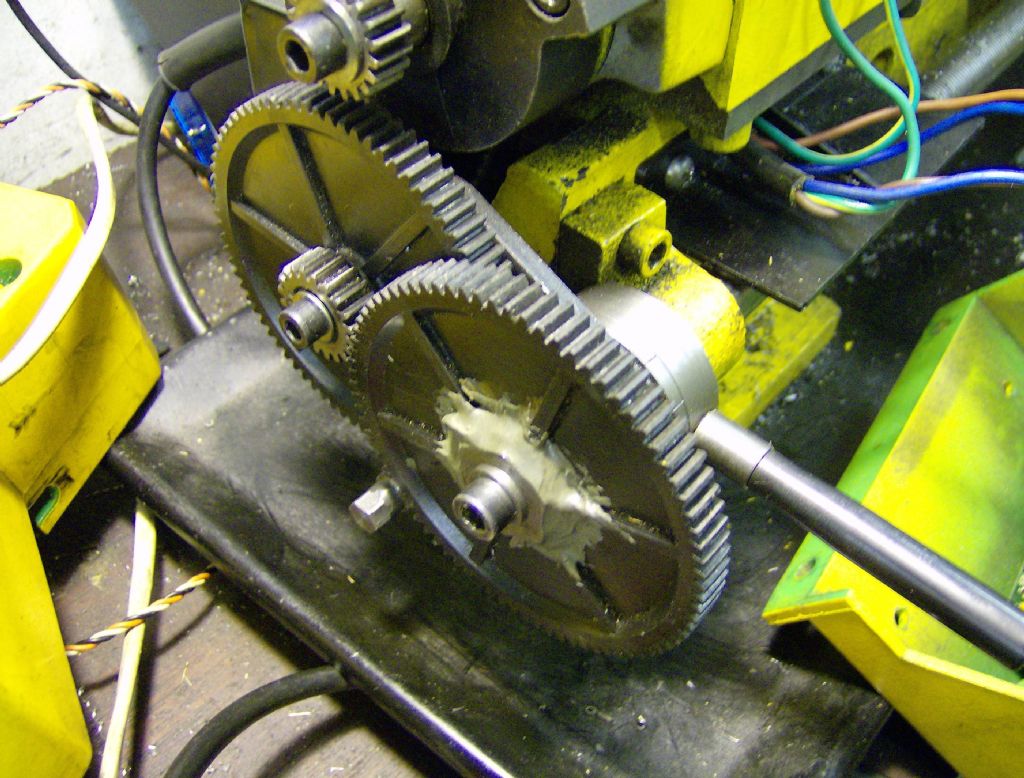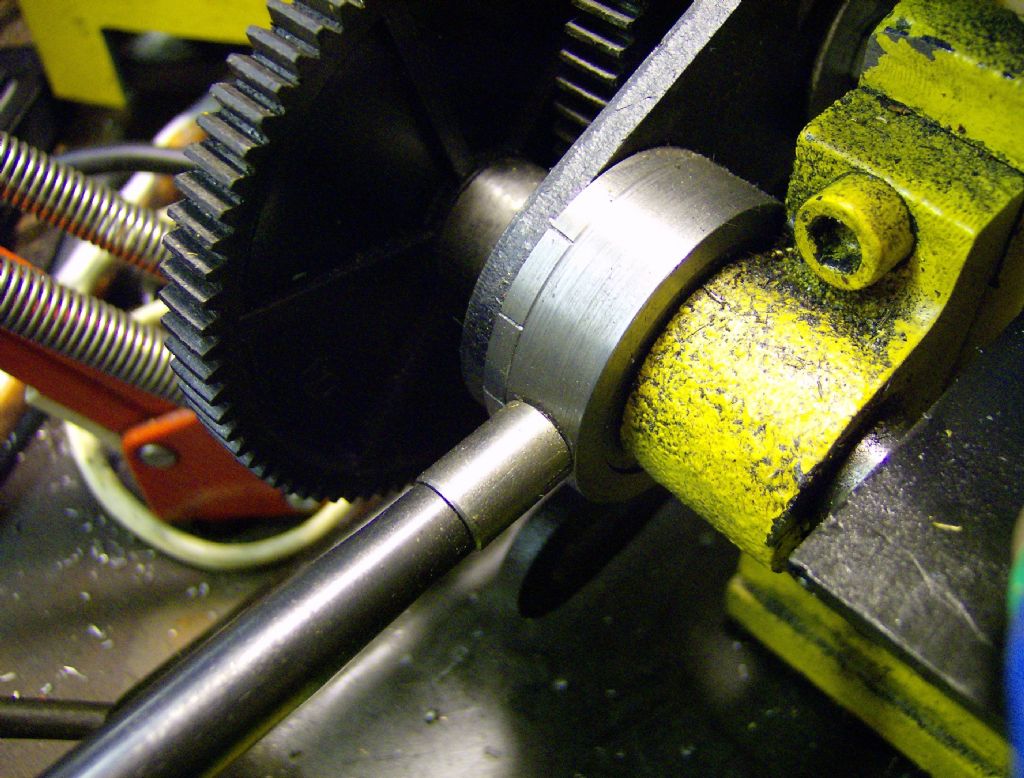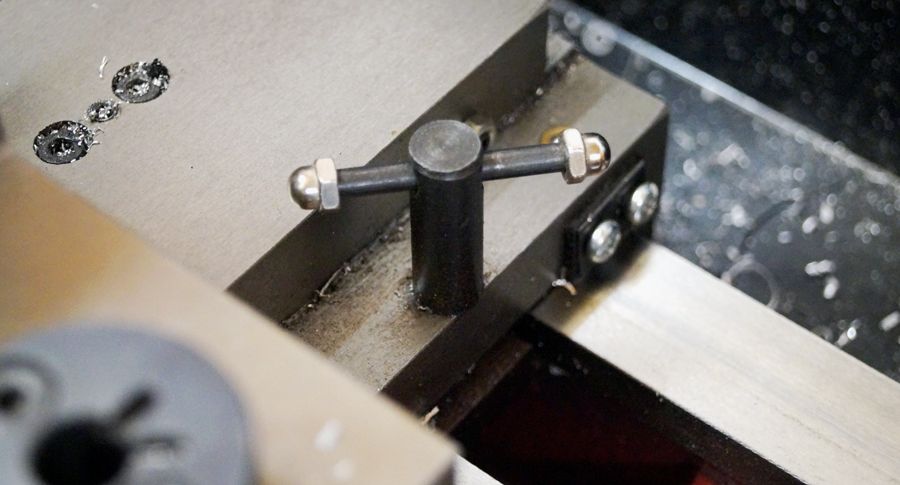As you've found Andrew there's loads of info describing how to improve mini-lathes. As a beginner myself I was tempted to leap in and start applying all the good ideas immediately. With hindsight I don't think it helped!
The good thing about modifying a new lathe is that you learn all about how the machine is built. Unfortunately, for the beginner there are many pitfalls. As you haven't learned to use the lathe yet, you don't have a good sense for what's OK and what isn't. For example, you want to twiddle nuts to reduce backlash when the forum advice is that backlash doesn't matter much; also you assumed (not unreasonably on the face of it) that reducing backlash might reduce chatter, which is unlikely. In engineering best not to fix the wrong problem, and, if it ain't bust don't fix it.
Chatter can be caused by several things one of which is loose gibs. But, unless you've got some experience, it's also caused by common learner mistakes. How well I remember when learning to drive a car that they were all fitted with faulty engines that stalled, kangaroo petrol, a defective clutch, and poorly arranged pedals, mirrors and seat-belts.
I suggest getting several hours experience with the lathe using known metal (not random scrap) and known tools (shape appropriate to the job, sharp, and mounted in the toolpost correctly), also with feed-rate, rpm and depth-of-cut in the right ball-park. Experiment.
Once you've done that, you'll be better positioned to decide if the machine needs work or not. When I first had a mini-lathe I wasn't impressed. After I'd learned how to drive it and dumped the awful scrap I was practising on, most of the 'faults' disappeared and it turned out to be very capable…
When in doubt ask, the forum is brilliant at answering questions.
Dave
Edited By SillyOldDuffer on 22/09/2018 11:22:03
 Neil Wyatt.
Neil Wyatt.








